Tokenlon Fee Calculator
Fee Breakdown
Trade Amount:
Standard Fee (0.30%):
LON Discount (20%):
Total Fee:
Note: Gas fees are not included in this calculation. They vary based on network conditions.
Tokenlon Fee Structure
- Flat Fee: 0.30% per trade for all users
- LON Discount: 20% off fees for LON holders
- No Hidden Costs: Transparent pricing with no slippage fees
- Comparison: Lower than many other DEXs with hidden costs
Looking for a hands‑on take on Tokenlon’s DEX? This Tokenlon review breaks down the core features, fee setup, liquidity trends, and how it measures up to rival platforms. By the end you’ll know whether Tokenlon fits your self‑custody trading style or if you should scout elsewhere.
What is Tokenlon and How Does It Work?
Tokenlon is a decentralized cryptocurrency exchange built on the Ethereum blockchain that leverages the 0x protocol for order matching. Launched in 2019 by a Singapore‑based team, Tokenlon lets you trade token‑to‑token pairs without handing over private keys to a third party. All trades happen trustlessly: the smart contracts hold no custody of your assets, and the platform merely routes orders between your wallet and the market.
Because Tokenlon runs on Ethereum, it inherits the network’s security guarantees while offering cross‑chain swaps via integrations with Polygon (Matic) and other Layer‑2 solutions. Users connect a compatible wallet-MetaMask, WalletConnect, or hardware options like imKey-then place orders that are settled on‑chain within seconds, provided gas fees are paid.
Fees, LON Token, and Cost Savings
The fee model is refreshingly simple: a flat0.30% per trade, applied uniformly to makers and takers. There are no hidden maker rebates or tiered fee schedules, which makes budgeting straightforward. For high‑volume traders, the platform’s native utility token, LON (Tokenlon Network Token), offers a 20% discount on that fee when you hold it in your wallet during execution.
LON also serves governance purposes-holders can vote on protocol upgrades, fee adjustments, and new feature roll‑outs. The token’s incentive layer rewards active participants with additional LON emissions, turning regular traders into partial stakeholders.
In practice, a $10,000 trade costs $30 without LON, but only $24 if you qualify for the discount. Compare that to “zero‑fee” DEXs that embed hidden costs in slippage or gas, and Tokenlon’s transparency becomes a selling point.
Liquidity, Volume, and Performance Trends
Liquidity is the lifeblood of any exchange. Tokenlon peaked at roughly $60.9million in 24‑hour volume on February242021 (CoinMarketCap data). By December2021, that figure settled around $24million, reflecting the broader ebb and flow of DEX activity. The dip isn’t unique to Tokenlon; many Ethereum‑based DEXs saw reduced depth as traders migrated to Layer‑2 and alternative chains.
Current on‑chain metrics (as of October2025) show daily volumes hovering between $15million and $22million, with liquidity concentrated in popular pairs like ETH/USDC, WBTC/ETH, and LON/ETH. Larger orders (>$100k) can still experience noticeable price impact due to thinner order books compared with centralized venues.
Execution speed remains competitive: most swaps confirm within 2‑5seconds, assuming reasonable gas prices. Tokenlon’s reliance on the 0x order‑book protocol means it can batch orders efficiently, reducing the likelihood of failed transactions-a claim backed by the platform’s internal success rate of 99%.
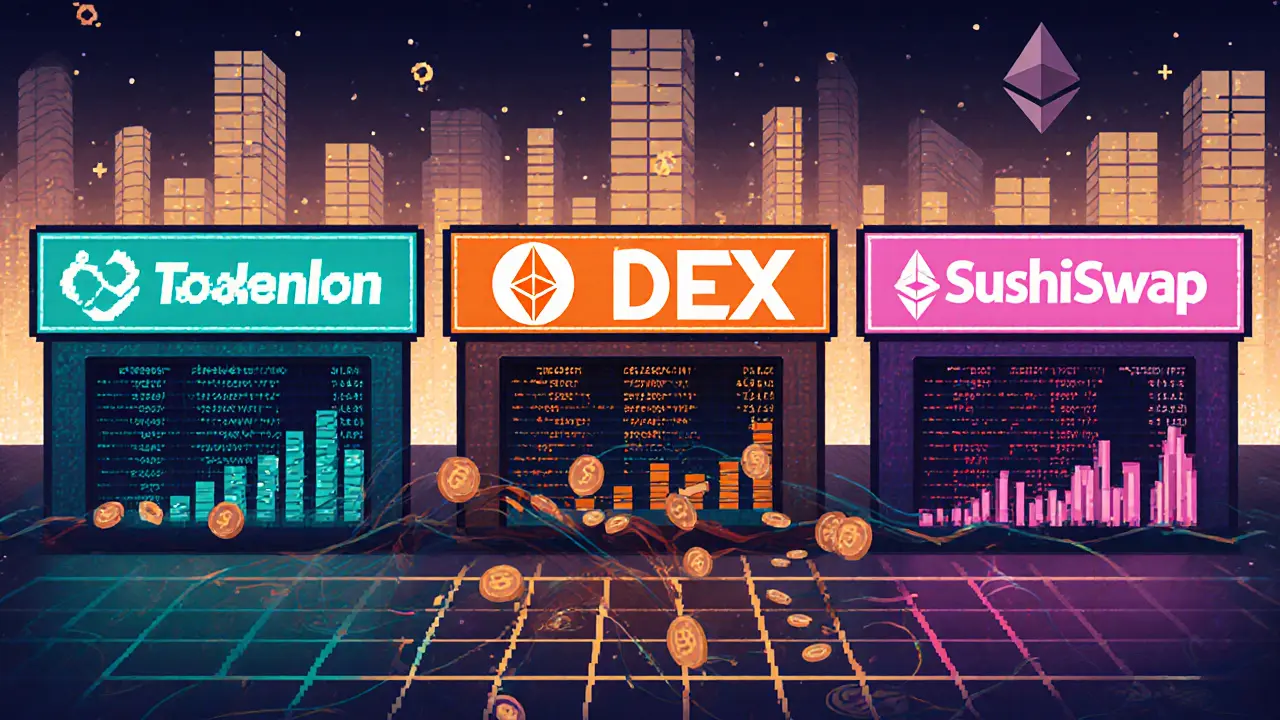
How Tokenlon Stacks Up Against Other DEXs
Below is a side‑by‑side look at Tokenlon, Uniswap, and SushiSwap. The data focuses on the attributes most traders consider when picking a DEX.
| Feature | Tokenlon | Uniswap | SushiSwap |
|---|---|---|---|
| Fee | 0.30% flat (20% discount with LON) | 0.30% (0.05% protocol fee) | 0.30% (0.05% protocol fee) |
| Underlying protocol | 0x order‑book | Automated Market Maker (AMM) | AMM + order‑book hybrid |
| Native token utility | LON: fee discounts, governance, rewards | UNI: governance, liquidity mining | SUSHI: governance, staking rewards |
| 24h volume (approx., 2025) | $18million | $250million | $120million |
| Supported chains | Ethereum, Polygon, Binance Smart Chain via Bridge | Ethereum, Optimism, Arbitrum, Polygon | Ethereum, BSC, Polygon, Fantom |
Key takeaways:
- Tokenlon’s flat‑fee model is easier to predict than AMM‑based slippage, especially for medium‑sized trades.
- Liquidity on Tokenlon trails the giants, which can matter for traders moving large sums.
- LON’s governance role mirrors UNI and SUSHI, but the fee‑discount angle is unique.
Who Should Use Tokenlon? Use Cases and Limitations
If you value full control over private keys and dislike the KYC hoops of centralized platforms, Tokenlon is a solid match. It shines for:
- Regular traders who hold LON and want a fee rebate.
- DeFi developers integrating a DEX via the 0x API for custom front‑ends.
- Users who primarily trade on Ethereum and Polygon and need a single dashboard for both.
Conversely, the platform may feel limiting for:
- Beginners uncomfortable with wallet connections and gas‑fee calculations.
- High‑frequency traders who seek sub‑0.10% fees and massive liquidity pools.
- Those needing a wide array of exotic token pairs not listed on Tokenlon.
Getting Started: Wallet Setup and Trade Walkthrough
Follow these steps to fire up your first swap on Tokenlon:
- Install a supported wallet. MetaMask is the most common; download the browser extension or mobile app.
- Transfer ETH (or a supported ERC‑20 token) to your wallet. Ensure you have enough ETH to cover gas.
- Visit tokenlon.im and click “Connect Wallet”. Choose MetaMask, WalletConnect, or your hardware option.
- In the trade interface, select the token you want to sell and the token you want to buy. The platform shows a transparent price quote and the exact fee before you confirm.
- If you hold LON, toggle the “Apply LON discount” switch. The UI automatically reduces the displayed fee.
- Confirm the transaction. Your wallet will prompt a gas‑fee approval; once you sign, the smart contract executes the swap.
- After confirmation, the new token appears in your wallet instantly. Check the transaction on Etherscan for full transparency.
Tokenlon also offers mobile apps for iOS and Android, plus desktop clients for Windows, macOS, and Linux. All versions share the same flow, so you can switch devices without learning a new UI.
Potential Pitfalls and Troubleshooting Tips
Even a well‑designed DEX can trip you up if you’re not prepared. Here are common hiccups and how to fix them:
- High gas fees: During network congestion, gas spikes can make small trades unprofitable. Use a gas‑tracker (e.g., Etherscan) to time your swap for lower demand periods or switch to Polygon where fees are pennies.
- Slippage on low‑liquidity pairs: Tokenlon shows the expected price, but if the pool is thin, the final execution may shift. Set a modest slippage tolerance (e.g., 0.5%) to avoid surprise price moves.
- Wallet connection errors: Clear your browser cache, ensure MetaMask is unlocked, and double‑check that you’re on the correct network (Ethereum Mainnet vs. Polygon).
- LON discount not applied: The discount only activates if your wallet holds LON at the moment of trade. Verify the token balance and refresh the UI.
- Transaction stuck: If a swap remains pending, you can speed it up by increasing the gas price (MetaMask offers a “Speed Up” button) or cancel and retry.
Tokenlon’s support team operates during business hours with a 24/7 live chat option for urgent issues. Their documentation includes step‑by‑step videos and webinar recordings for deeper learning.
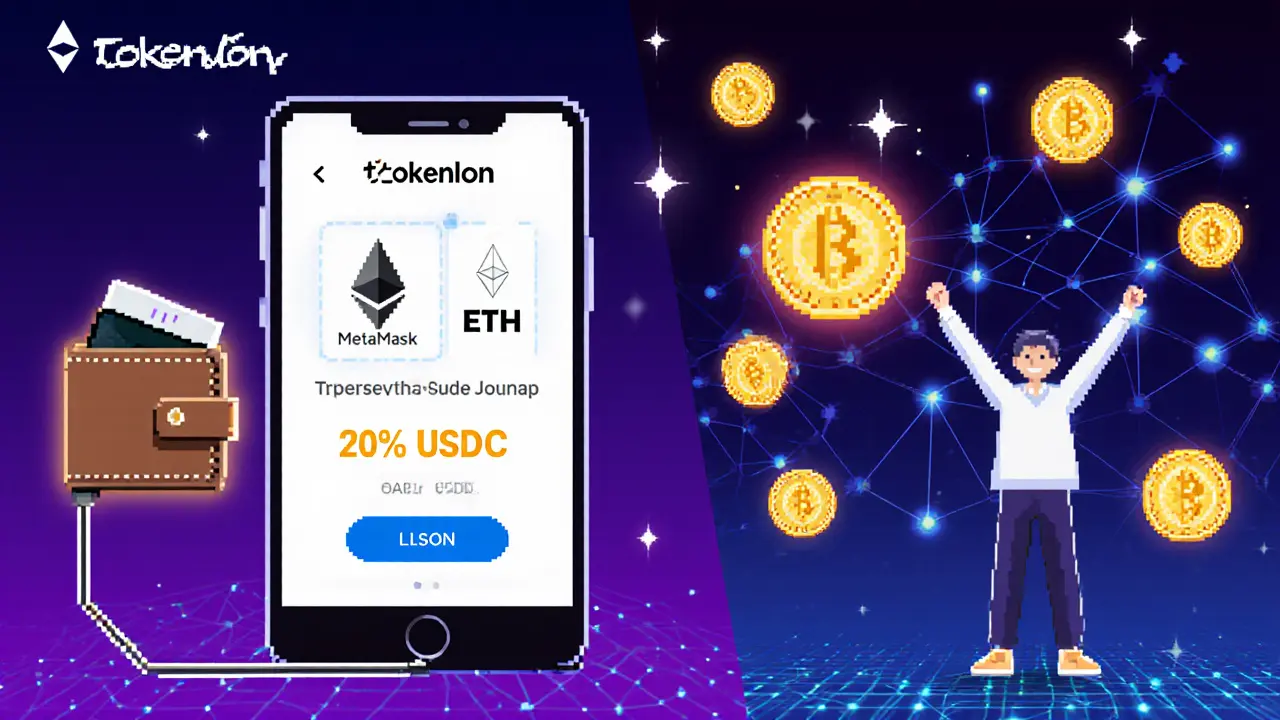
Frequently Asked Questions
Is Tokenlon a centralized exchange?
No. Tokenlon is a decentralized exchange (DEX) that runs on Ethereum and does not hold users’ keys or funds. Trades are executed via smart contracts.
How does the LON token reduce my fees?
Holding LON in the same wallet you trade from unlocks a 20% discount on the standard 0.30% fee, bringing the effective cost down to 0.24% per swap.
Can I trade on Tokenlon without paying gas fees?
Gas fees are paid to miners/validators on the underlying chain (Ethereum or Polygon). You must have enough native coins (ETH or MATIC) to cover those costs.
What wallets are compatible with Tokenlon?
MetaMask, WalletConnect (including Trust Wallet, Rainbow, etc.), and hardware wallets such as imKey are fully supported.
Is Tokenlon safe from hacks?
Since the platform never stores user funds, the primary risk is smart‑contract bugs. Tokenlon’s contracts have been audited by reputable firms, but users should stay updated on audit reports.
Whether you’re a DeFi hobbyist or a trader looking for fee discounts, Tokenlon offers a transparent, self‑custody‑first experience. Keep an eye on LON’s governance developments and the Ethereum‑Layer‑2 road‑map-those factors will shape the exchange’s liquidity and feature set in the years ahead.

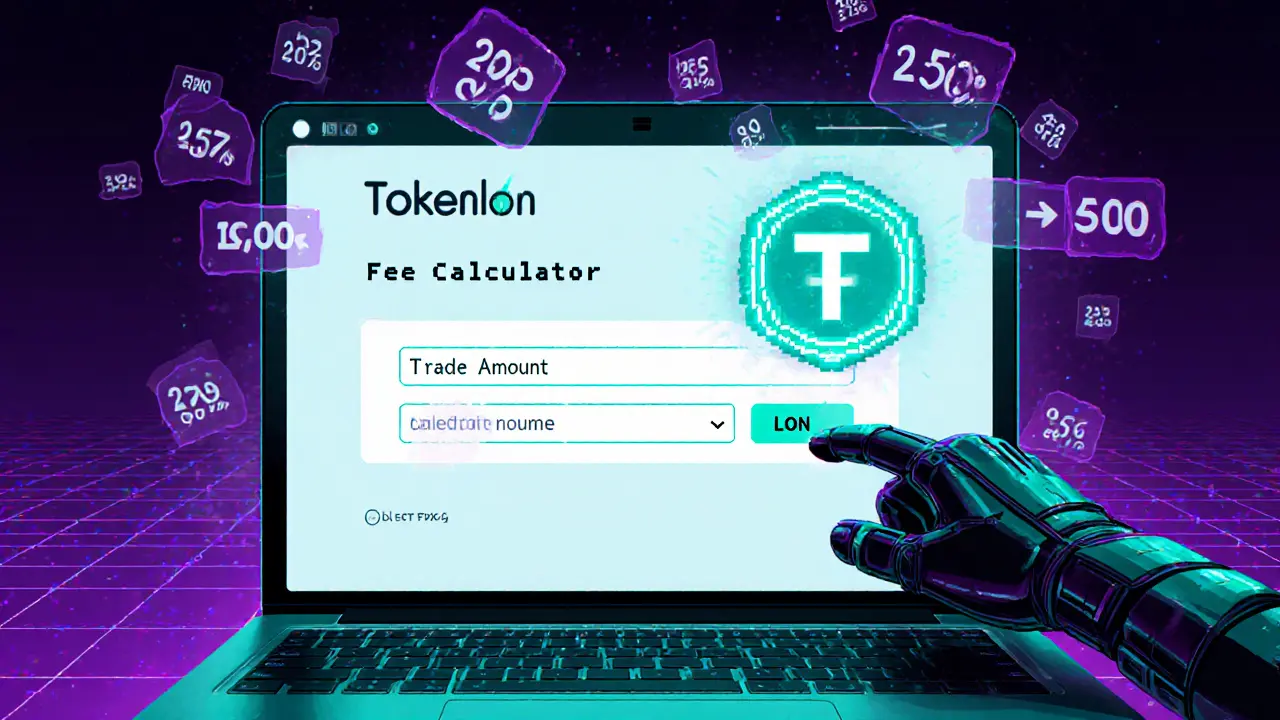
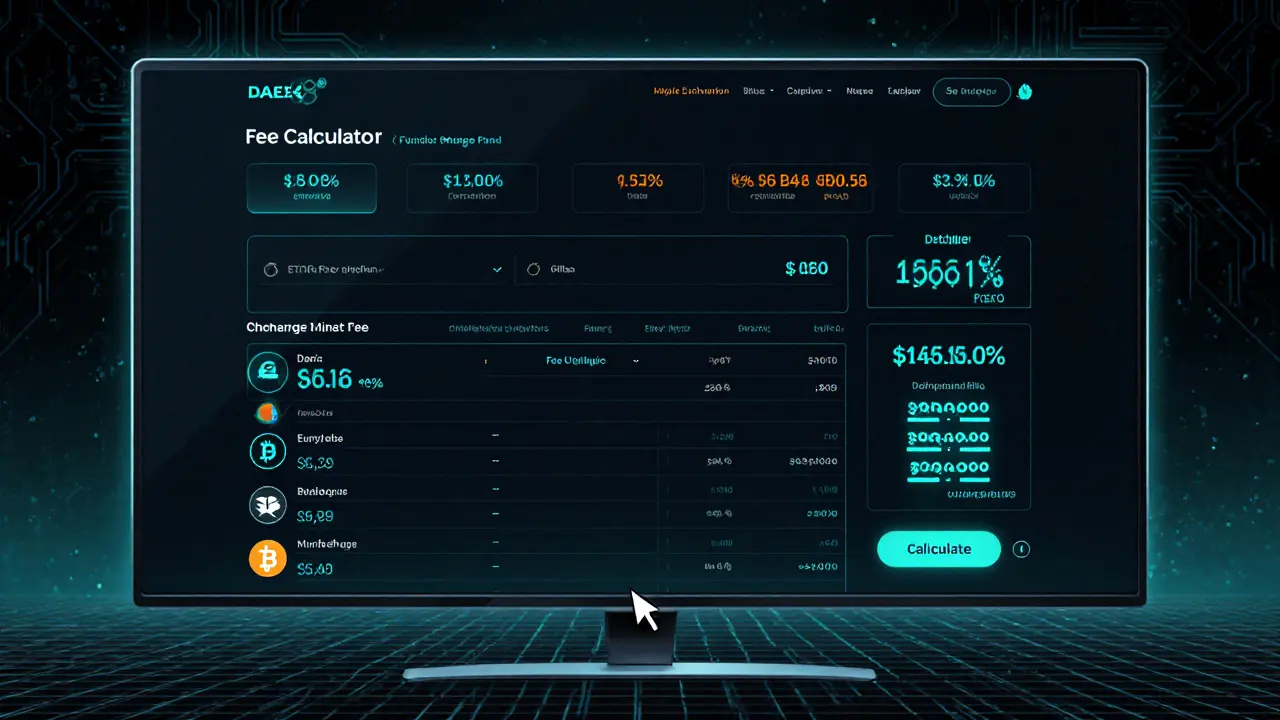
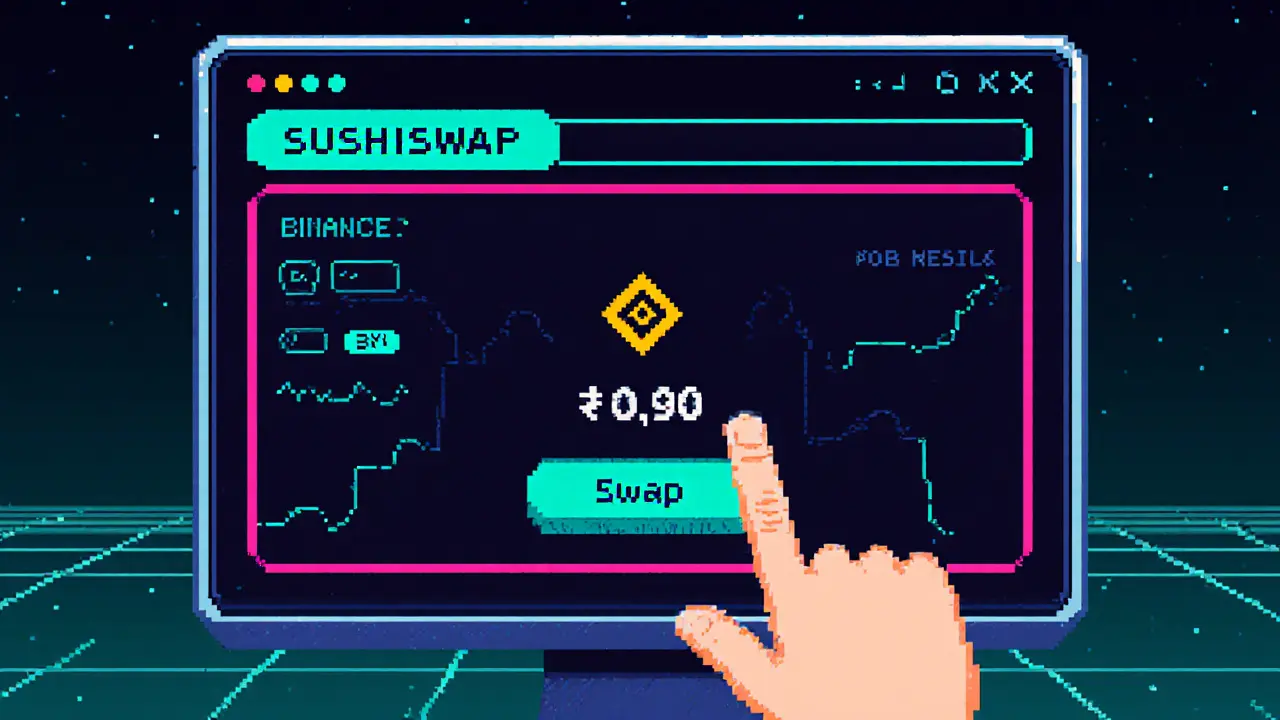
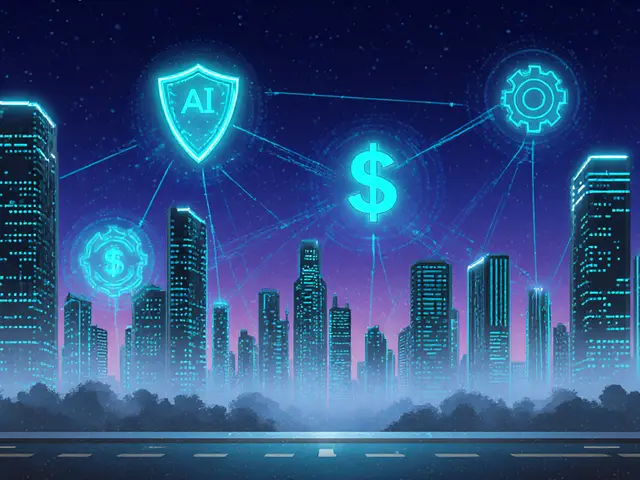
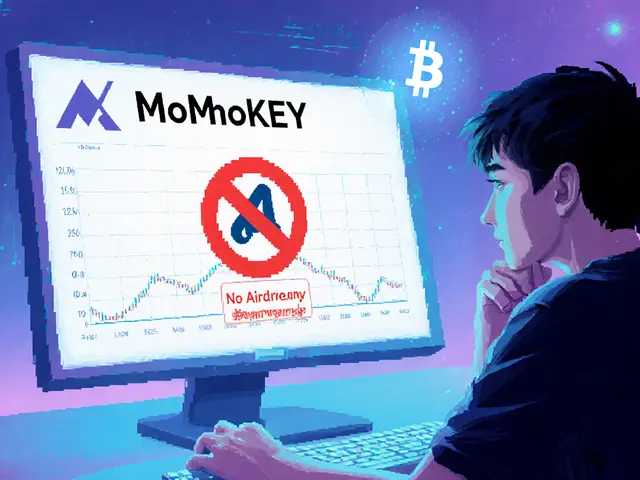
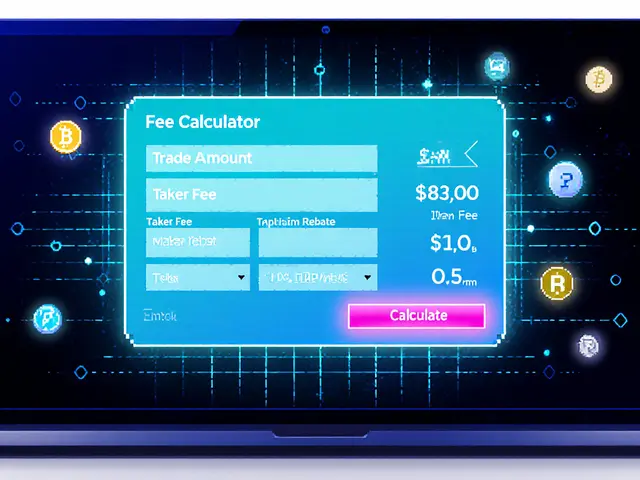
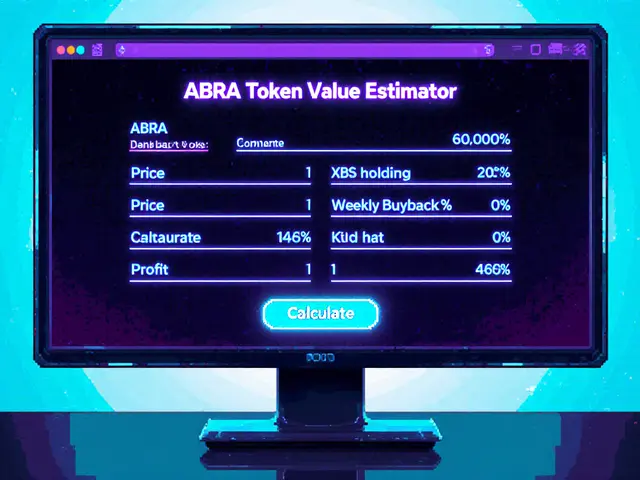

Jason Brittin
January 15, 2025 AT 01:19Tokenlon sounds like the Swiss army knife of DEXes-if Swiss knives were overpriced and required you to hold a specific token for a discount. 😂 But hey, at least the fee sheet isn’t hidden in a PDF.
Clint Barnett
January 16, 2025 AT 05:06I dug into the fee breakdown and the flat 0.30% charge is pretty transparent compared to the hidden slippage some AMMs hide. Holding LON drops that to 0.24%, which is decent if you already have the token stashed. The platform also advertises no hidden costs, which is a breath of fresh air amid the fee‑maze of many DEXs. However, you still need to budget for gas, especially on Ethereum mainnet where it can eclipse the actual swap fee. Overall, the fee model is simple, but simplicity doesn’t automatically translate to cheaper trades.
Jacob Anderson
January 17, 2025 AT 06:06Sure, the “no hidden costs” line reads like marketing fluff; the real cost is still the gas you’re paying, and that can be absurdly high during congestion. So calling it cheap is a stretch at best.
Kate Nicholls
January 18, 2025 AT 04:19Liquidity on Tokenlon is respectable for mid‑tier tokens but pales in comparison to Uniswap’s deep pools, especially for large orders. When you try to move more than a few thousand dollars, you’ll notice the price impact creep up faster than on the bigger AMMs. That said, for everyday swaps of modest size, the order‑book model can give you tighter spreads. Keep an eye on the 24‑hour volume metrics if you need to gauge depth before committing big capital.
Carl Robertson
January 18, 2025 AT 23:46Ah, the classic “liquidity drama” – it’s like watching a soap opera where the hero (Tokenlon) constantly gets upstaged by the bigger siblings. Still, the suspense of waiting for that order to fill adds some thrill to the otherwise boring swap routine.
Nathan Blades
January 19, 2025 AT 16:26When I first set up Tokenlon, the onboarding felt like a gentle nudge rather than a hard sell, which is refreshing in a space full of aggressive onboarding funnels. The requirement to have a wallet full of ETH or MATIC for gas fees reminds you that decentralization still comes with real‑world frictions. Holding LON not only gets you a fee discount but also a seat at the governance table, allowing you to vote on future protocol upgrades, a feature many DEXs overlook. The 0x order‑book architecture gives Tokenlon the ability to batch orders, which can shave seconds off execution time compared to pure AMM routes. In practice, I’ve seen swaps confirm within three to four seconds on Ethereum when the network isn’t congested. On Polygon, the experience is virtually instantaneous, and the fees drop to pennies, making small‑scale trades economically viable. The UI balances simplicity with depth; you can toggle advanced settings like slippage tolerance without feeling lost in a sea of options. Transparency is further bolstered by on‑chain verification – every trade can be traced on Etherscan, which satisfies the security‑conscious among us. The platform’s audits by reputable firms add a layer of confidence, though no code is ever truly immune to bugs. Community support is active, with a live chat that actually responds during business hours, a rarity for decentralized projects. However, the platform does have its blind spots: exotic token pairs are often missing, and the order‑book can appear thin for newer assets. For users who crave blazing‑fast, ultra‑low‑fee swaps, the L2 roll‑ups haven’t been fully integrated yet, leaving a gap in the roadmap. Still, the combination of fee discounts, governance participation, and a relatively user‑friendly interface makes Tokenlon a solid middle‑ground choice. If you’re already holding LON, the discount effectively reduces your cost to 0.24%, which can add up over time. In the broader DeFi landscape, Tokenlon carves out a niche that respects both self‑custody and a degree of predictability that many traders appreciate.
Stefano Benny
January 20, 2025 AT 06:19All that praise sounds nice, but let’s not forget the platform still rides on the 0x protocol, which can be a bottleneck when the order‑book dries up. The “predictable fees” claim is only as good as the gas you’re willing to burn.
Bobby Ferew
January 20, 2025 AT 17:26It’s a bit disappointing that the excitement fades once you factor in the inevitable gas spikes; the optimism feels a little forced.
celester Johnson
January 21, 2025 AT 01:46Security-wise, Tokenlon’s design of never custodializing user funds is a big plus, but the smart contracts themselves are the single point of failure. Audits help, yet the community should stay vigilant for any post‑audit bugs that could be exploited.
Prince Chaudhary
January 21, 2025 AT 08:42Gas fees still dominate the experience.
John Kinh
January 21, 2025 AT 14:16Honestly, the whole thing feels like a middle‑man that you could easily bypass with a direct 0x integration on your own front‑end.
Mark Camden
January 21, 2025 AT 18:26While DIY integration is possible, the convenience and support offered by Tokenlon’s hosted solution provide value for users who are not inclined to maintain their own infrastructure, and that’s a legitimate trade‑off.
Evie View
January 21, 2025 AT 21:46The platform’s “no hidden costs” tagline is a bit of a lie when gas burns a hole in your wallet; transparency can’t ignore the inevitable network fees.
Kate Roberge
January 22, 2025 AT 00:32Sure, but if you’re already paying gas, at least you know exactly what the swap fee is-no surprise extra percentages to scare you later.
Oreoluwa Towoju
January 22, 2025 AT 02:46For newcomers, start with small swaps on Polygon to get comfortable before moving larger amounts on Ethereum.
Amie Wilensky
January 22, 2025 AT 04:26Indeed; begin modestly-test, observe, then scale, ensuring you monitor both price impact and gas dynamics; this disciplined approach mitigates unexpected loss.